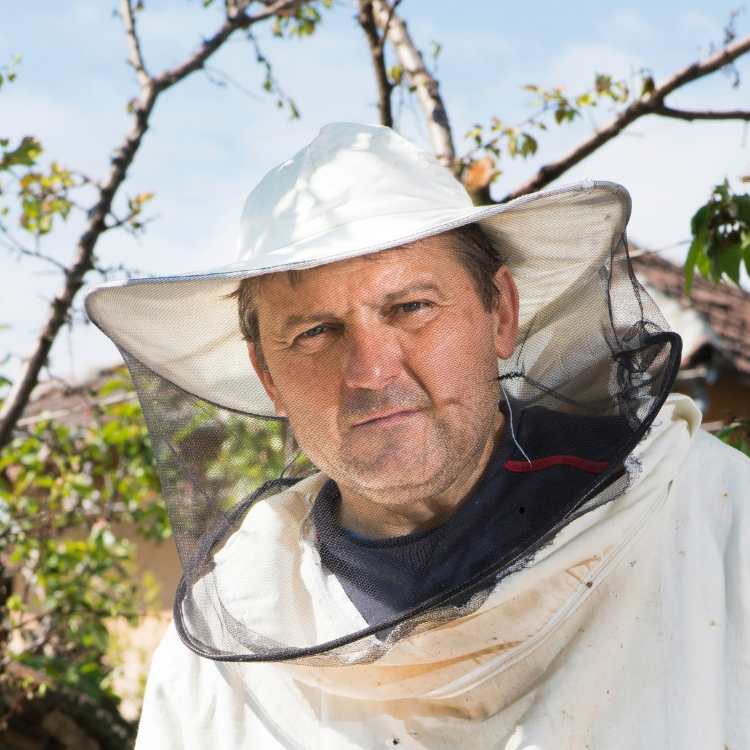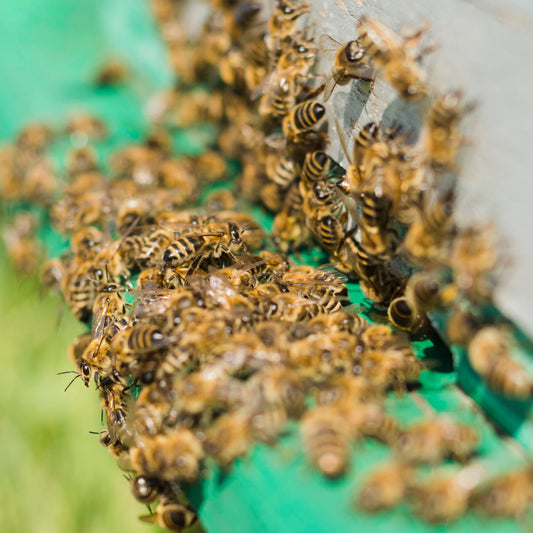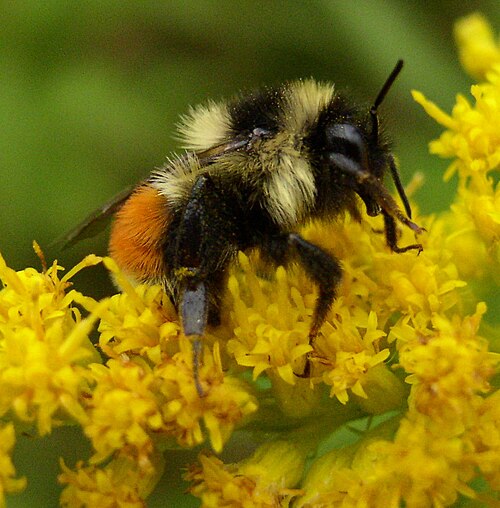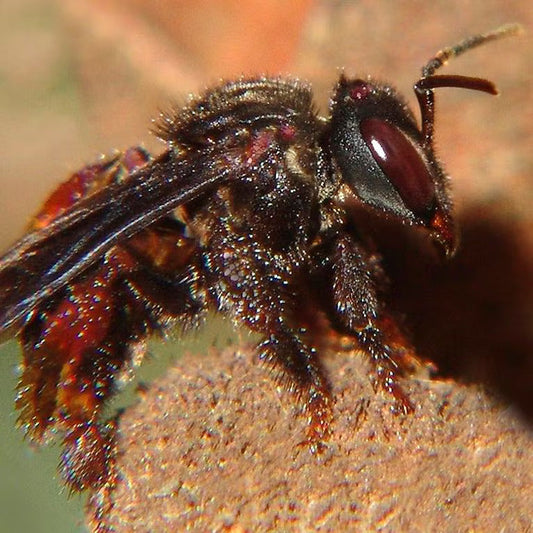Dozen times I have been asked by curious onlookers, do bumblebees sting? Maybe they spotted one buzzing too close to the arm and started to panic. I have seen it probably hundreds of times: folks flailing around the garden like they are under attack. But let's get things straight first.
Bumblebees are not looking to pick up a fight. They are looking for flowers. Still, like any insect with a stinger, they have their limits.
First, know who you are dealing with
Bumblebees are known to be social insects. They live in colonies, which are much smaller than honeybee hives, but they are still structured. Inside that nest, you will find a queen and a handful of male drones and female workers. It is only the females of the colony (workers and queens) that have stingers. Males don’t.
So, when people ask, do bumblebees sting, they are really asking about the females. And yes, they can. But most don’t want to.
The mechanics of the sting
Honeybees have barbed stingers. They will stab you once and die because the stinger literally rips out of their body. The story with bumblebees is completely different. They have smooth stingers without any barbs. This means they can sting you more than once and still survive.
When they sting, they inject venom into the body, which causes pain, swelling and sometimes more severe reactions depending on the person. But here is the key part: bumblebees sting only after they are provoked.
When do they actually sting
I have spent decades in close quarters with bumblebee nests, lifting colony boxes, inspecting brood, and checking food stores, all without any incident. The question, do bumblebees sting, misses the context. They sting:
- When their nest is threatened
- When they are crushed or trapped
- When someone swats at them
That’s it. No random attack or aggression for fun. If you back off, you are completely safe.

Understanding their threshold for defense
Compared to wasps, hornets, or even honeybees, bumblebees are very calm operators. They are much less territorial. You can easily walk past a nest in the ground without even knowing it.
But if you accidentally knock into it, kick up soil, or mess with it directly, you have crossed a line.
Here’s what is common when someone triggers a defensive response:
- A few guard bees emerge first
- They hover close to warn you off
- If ignored, be prepared to be stung
But again, all of this happens only if you decide to get too close or act aggressively.
Symptoms and reactions of a bumblebee sting
When someone asks, do bumblebees sting, the next follow-up is usually “what happens if they do?” Reactions vary by person and number of stings.
Most common reactions
- Redness and swelling at the sting site
- Itching or soreness for a few hours or up to a few days
- A small bump, similar to a mosquito bite but far more painful
Less common, more serious reactions
- Allergic shock
- Difficulty breathing
- Dizziness or nausea (possible signs of anaphylaxis)
If you know you are allergic, take it seriously. Always carry an epinephrine injector when out and about. Do not take chances. But don’t assume that every sting is going to be a medical emergency. In most cases, people recover quickly without any issue.

What to do if you are stung
If you have been stung by a bumblebee, there is no need to panic. Here is what you should do:
- Stay calm, as the panic can increase your heart rate and cause the venom to spread faster.
- Move away from the nest since most bees will follow if you stay in range.
- Wash the site of the sting with soap water to reduce the risk of infections.
- Apply a cold pack to the area to reduce the swelling.
- Use an antihistamine if you experience itching or a mild allergic response.
Seek medical help if you are having difficulty breathing, have swelling in the face or throat, or are feeling faint.
How to avoid bumblebee stings
People often ask me, do bumblebees sting when you are near flowers? The answer is no. Not unless you act like a threat. You can work in a garden full of bumblebees without a single sting.
Just follow a few basic rules.
- Don’t swat at bumblebees. Let them fly around you. They are scouting, not attacking.
- Move slowly. Fast movements will trigger defensive responses from the hive.
- If you see a nest, don’t disturb it. Give it a wide berth.
- Avoid wearing strong perfumes or floral scents, as these are known to confuse bees.
- Wear shoes outdoors. Many nests are built in the ground and stepping on one can be the easiest way to get stung.

Closeup image of a stinger
Final word
So, do bumblebees sting? Yes, but only when they have no other choice of defense. These bugs are not fighters. Their stingers are tools of last resort, not weapons of aggression. Give them space, keep your hands still, and let them do their job.
They are not the enemy. They are one of the very few insects out there doing real, measurable good. Let’s give them room to work.
For more such lovely stories from the fascinating world of bees, consider following my full blog here.





